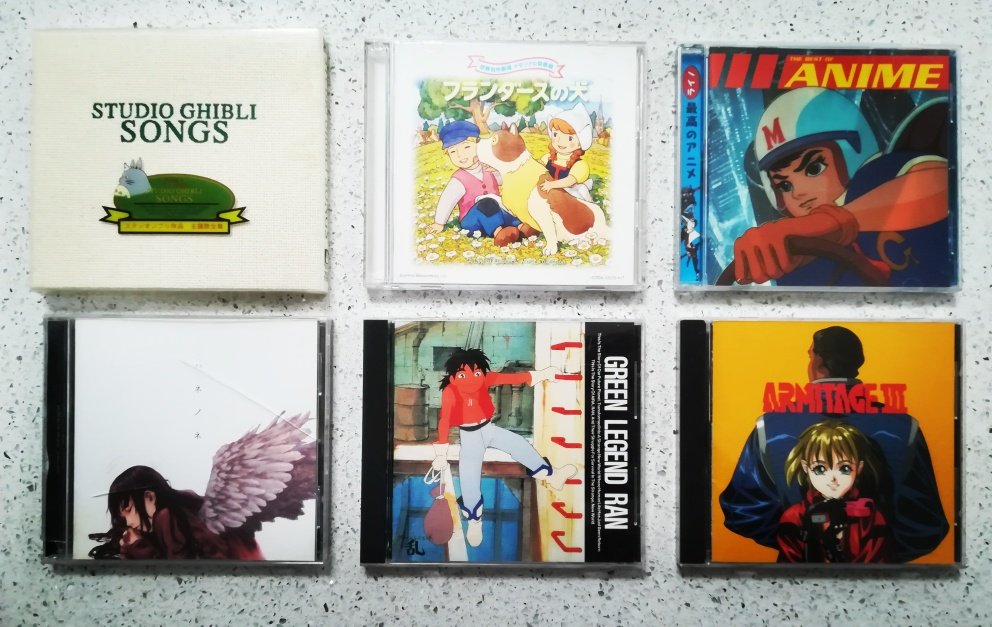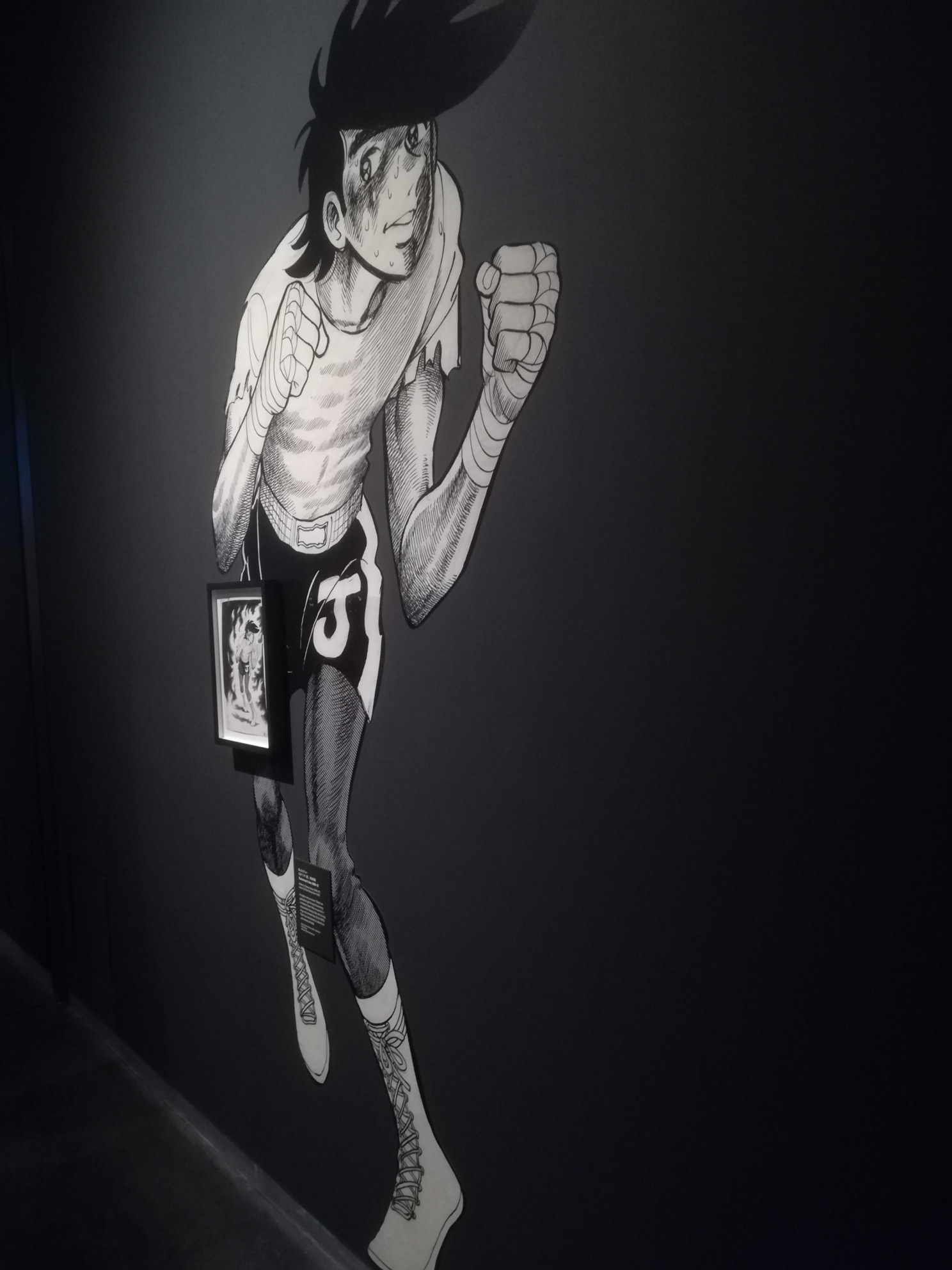I've recently immersed myself in a nostalgic journey through the late 80s and early 90s manga and anime that shaped my youth. It has been a truly enlightening experience traveling back to an amazingly formative period in my life as I navigate through what some may call a mild mid-life crisis. It was a golden time for 'Japanimation' - that term still makes me shudder a little- and this period holds a truly special place in my media-consuming heart.
Now, I had a lot of VHS tapes, both original and recorded but with my many house moves and the transition from VHS to DVD I shed a lot of my manga and anime VHS collection along the way. I give them away to friends, exchanged them at CEX for credit or donated some to charity shops. I had many bootleg copies of series that I have saved on a hard drive but my physical collection has whittled down somewhat.
Manga Entertainment built a bit of a cult following in its heydey of the late 80s and early 90s. When the transition of VHS to DVD came, it re-released its main titles but all the others disappeared as VHS was phased out. Classic series like 3x3 Eyes, Crying Freeman, Guyver, Angel Cop, Devil Man and Doomed Megalopolis remained stuck on VHS, never getting an official DVD release in the UK. I praise the sun for my multi-region DVD and Blu-Ray player as I know some of these have been released abroad but there is so much more that has been lost. Even the early anime rippers and translator forums, which were the lifeblood for fans seeking unreleased or undistributed media, are empty. As a result, we have lost many good anime titles that may have otherwise found their way to eager modern audiences who want to look into the past.
Determining the exact number of titles that lack official releases on DVD or Blu-Ray poses quite the challenge and, while not classified as lost media (as they can often be accessed through alternative means such as various video streaming platforms and torrent sites) it would be great to see specialised distributors, similar to those catering to horror films, to consider producing limited print runs for these sought-after titles in contemporary formats at a reasonable price.
I'm beyond excited for the Macross Plus Blu-Ray but the limited edition £150 release is too rich for my blood. The 4-part series is an all-timer for me as it introduced me to the music of Yoko Kanno and the wonders of rogue AI Sharon Apple. Hopefully, a £30 or so regular Blu-Ray release will be forthcoming and pave the way for other classic anime and manga OAVs, films and series to finally see the light of day again. I think there is a niche market for physical releases of old skool manga and hope we get more.
LINK: Japan: My Journey to the East
LINK- Battle Angel Alita: And So It Ends
LINK- Fire Tripper: Cult Manga Review
LINK- Akira Soundtrack Vinyl Review
LINK- Manga Exhibition at the British Museum
LINK- The Transportive Nature of Objects (And the Power of Mini Consoles)












































































